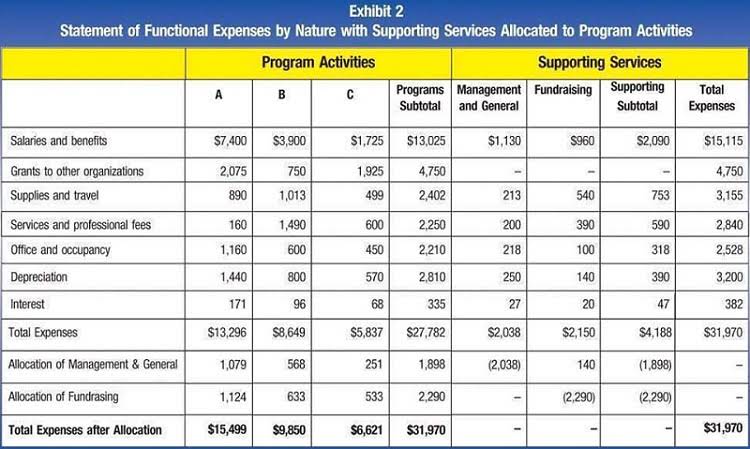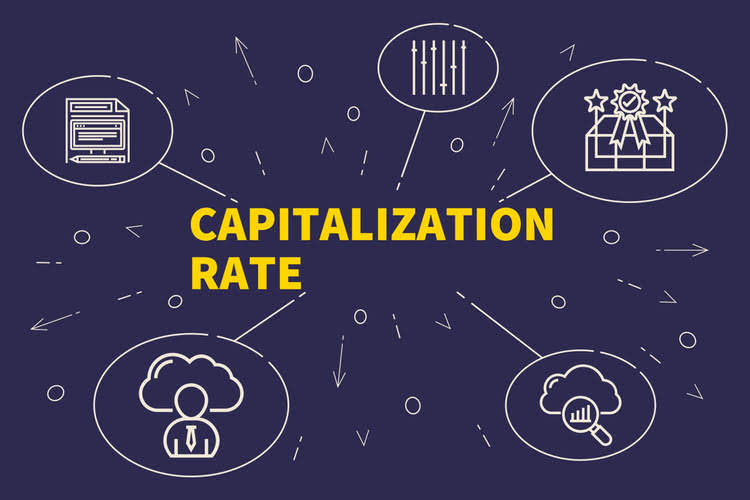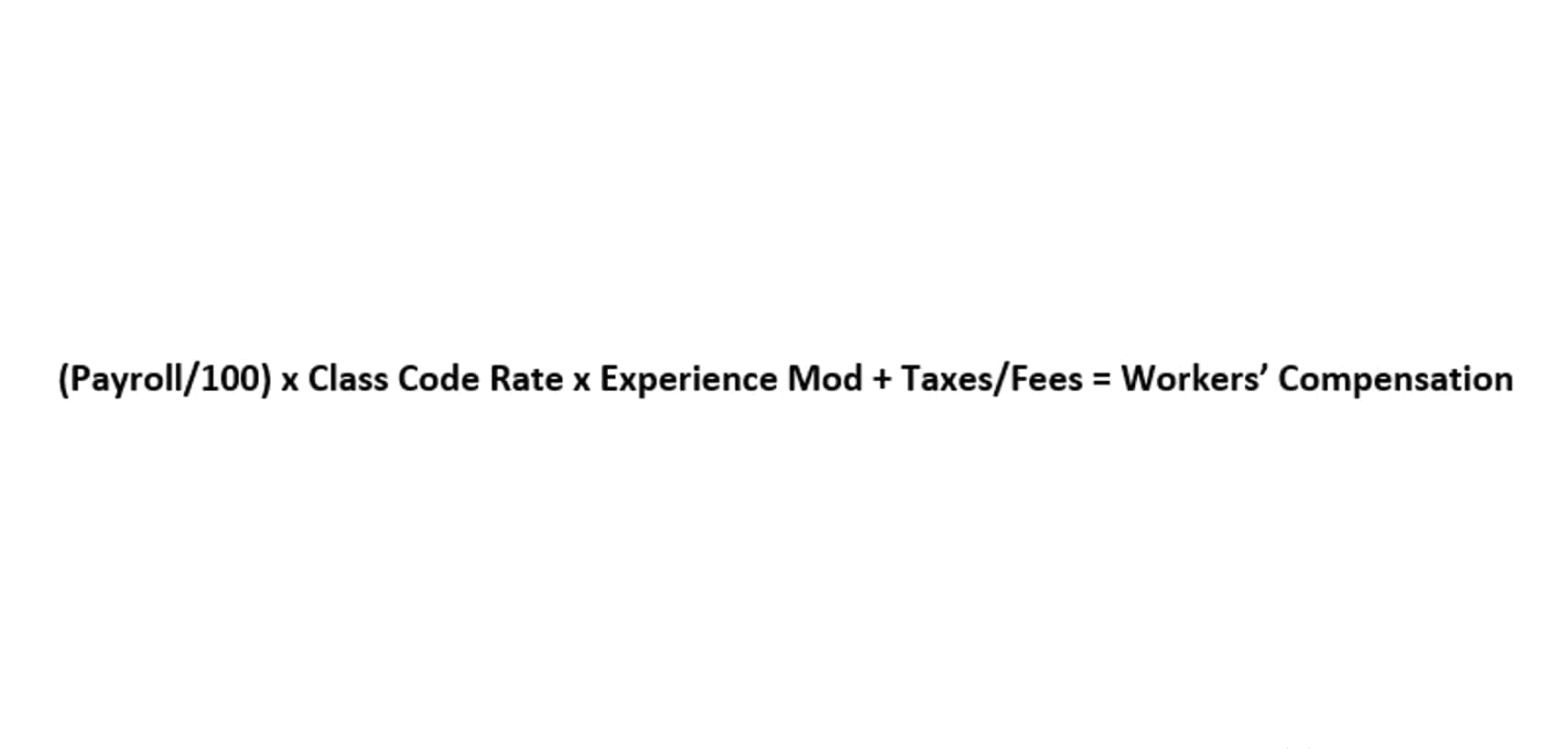
In the following article, learn everything you need about CIP Accounting with Viindoo Enterprise Management Software. It relates to using that raw material in building the asset which is sold by the business as its normal operation. Therefore, the construction in progress is a non-current asset account that keeps a record of all the what is a cip account costs incurred until completion. The CIP account, therefore, accumulates costs for a fixed asset until it is ready for use. The cost can be accumulated from vendor invoices (for items purchased), use of company’s inventory items in the fixed asset construction, transportation and other expenses to make the asset ready for use.
Depreciation
- It is crucial for businesses to accurately track and record these costs to avoid misrepresenting their financial statements and to provide stakeholders with reliable information regarding ongoing projects.
- By the end of this guide, you will have a solid understanding of CIP and its significance in financial reporting.
- At Finance Strategists, we partner with financial experts to ensure the accuracy of our financial content.
- An alternative is to assign a standard percentage of completion to all WIP items, on the theory that an average level of completion will be approximately correct when averaged over a large number of units.
- Financial institutions should establish clear and comprehensive policies and procedures to guide their CIP implementation and ensure compliance with regulatory requirements.
Risk assessments should be reviewed and updated regularly to ensure they remain accurate and effective in addressing the evolving risks in the financial industry. Financial institutions should establish clear and comprehensive policies and procedures to guide their CIP implementation and ensure compliance with regulatory requirements. Technology can help improve the customer experience by simplifying and speeding up the identity verification process.
Customer Notice
- A customer identification program (CIP) is a set of procedures and processes designed to verify the identity of customers opening accounts with a financial institution.
- Additionally, we will delve into the advantages and disadvantages of capitalizing assets in progress.
- Because construction projects necessitate a wide range of prices, CIP accounts keep construction assets separate from the rest of a company’s balance sheet until the project is complete.
- A company can leave the financial statements blank for all times when work was in progress.
- Revenues and gross profit are recognized each period based on the construction progress, in other words, the percentage of completion.
- GAAP allows another method of revenue recognition for long-term construction contracts, the percentage-of-completion method.
CIP accounting also enables businesses to accurately report the value of their construction projects in their financial statements. In summary, the purpose of capitalizing assets in progress (CIP) is to ensure accurate financial reporting, adhere to the matching principle, assess project feasibility, and facilitate tax planning and compliance. By capitalizing costs that are still in progress, businesses can provide stakeholders with a more transparent and reliable view of their financial position and performance. Allocating costs is a crucial aaccountingspect of construction-in-progress (CIP) accounting.
Accounting for Construction-in-Progress Charges
Finance Strategists has an advertising relationship with some of the companies included on this website. We may earn a commission when you click on a link or make a purchase through the links on our site. A CIP requires customers to provide their name, date of birth, address, and identification number, such as a Social Security number or passport number. Financial institutions that fail to comply with CIP requirements may face significant penalties, including fines and legal actions. There are some compliance and regulatory expectations involved when establishing Customer Identification Programs. Financial institutions must apply enhanced due diligence measures for customers identified as high-risk.
Why Is Construction-in-Progress Accounting Necessary?
![]()
Automation can significantly reduce the manual effort required to verify customer identities and maintain records, allowing staff to focus on other critical tasks. Technology can also assist in maintaining accurate and up-to-date records through automated recordkeeping systems, reducing the risk of human error. Employees must receive ongoing training on CIP requirements and best practices to ensure effective implementation and compliance. Certain products or services, such as wire transfers or private banking, may carry a higher risk of money laundering or terrorist financing. Different customer types, such as individuals, businesses, or foreign entities, may pose varying levels of risk.
- If your company is planning an expansion or large-scale construction job or just needs help with construction accounting, you need an experienced CFO team on your side to keep a detailed account of your finances.
- That’s why it is better to track projects undergoing construction separately on a different balance sheet until completion.
- This is because, as stated previously, some companies may store costs in the account longer than they should to avoid depreciation and to misrepresent profits.
- As the construction progresses, the company updates the CIP account with additional costs.
- Our team of reviewers are established professionals with decades of experience in areas of personal finance and hold many advanced degrees and certifications.
- However, businesses must carefully evaluate the advantages and disadvantages of using CIP and ensure compliance with accounting standards and principles.
Allocating Costs

If your company is planning an expansion or large-scale construction job or just needs help with construction accounting, you need an experienced CFO team on your side to keep a detailed account of your finances. Our knowledgeable team has decades of experience managing construction company accounts, and you can feel confident that we will navigate your company’s specific situation with care and expertise. Large-scale construction jobs can take years to complete and often require hundreds of separate expenses. Hiring an experienced accounting team is the best way to ensure that your company maintains accurate, detailed, and up-to-date accounting books through every step of the construction process. Accountants do not begin tracking depreciation of construction-in-progress assets until the addition is complete and in service.
Reducing Financial Fraud
Percentage of completion (PoC) is an accounting method of work-in-progress evaluation, for recording long-term contracts. GAAP allows another method of revenue recognition for long-term construction contracts, the completed-contract method. It would be unrealistic for the business to record no revenue for the years they are working on the ship and then record a few million dollars in the year the ship is finished. Instead, they recognize revenue and expense by allocating it to accounting periods over the life of the project, based on how much of the project is finished.
- Thus, to keep things simple and the balance sheet balanced, it is best to keep them separate.
- However, as the company expands, recruits more employees, and works simultaneously on multiple projects, tracking transactions on a spreadsheet gets difficult and time-consuming.
- Whereas, if the account appears under the heading of ‘Inventory and assets,’ it is probably a ‘build to sell’ asset.
- Their accountant initiates a Construction-in-Progress Office Expansion asset account to document construction expenses.
- 11 Financial’s website is limited to the dissemination of general information pertaining to its advisory services, together with access to additional investment-related information, publications, and links.
- Mixing CIP projects with others create a hazy picture of business finances as it indicates that a company is generating expenses that are producing zero profits.
CIP ensures that financial institutions adhere to relevant regulations, thus protecting them from legal and reputational risks. Partnering with seasoned financial professionals ensures that your company navigates the intricacies of construction work-in-progress accounting with precision and proficiency. In cost to cost method, all the cost incurred to the date is divided by the project’s total expected cost.
There is no depreciation of the accumulated costs until the project is completed and the asset is placed into service. The CIP account usually contains information for multiple fixed assets under construction. As the construction progresses, the company updates the CIP account with additional costs. Once the new facility is completed and put into operation, the costs recorded as CIP are transferred to the “Property, Plant, and Equipment” account. This final regulation applies to banks, savings associations, credit unions, private banks, and trust companies. Every business must prepare up-to-date and accurate reports to account for their profits and expenses.


Construction in progress accounting involves keeping a detailed record of all expenses incurred while constructing a long-term asset. These expenses are reported under the “property, plant, and equipment” section of the balance sheet. Assets under construction are those not yet ready for use, potentially among the largest fixed assets a company holds. Most construction projects are long-term in nature, with invoicing and costs spread out over a long period of time. The challenge is to match up accounting for invoicing and costs as closely as possible to the actual construction progress that’s occurring on the project. Ideally, you will have billed out about 25 percent of the contracted amount at this point.
